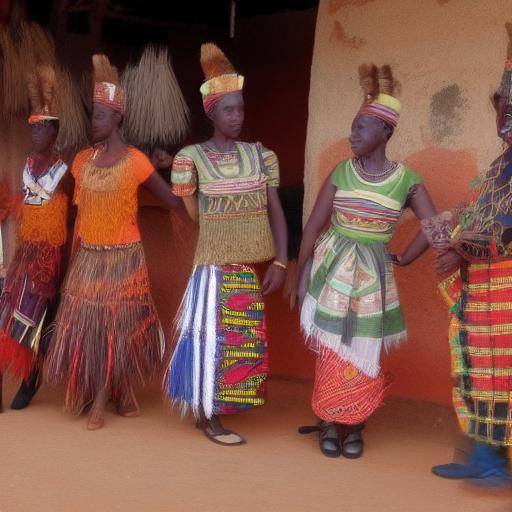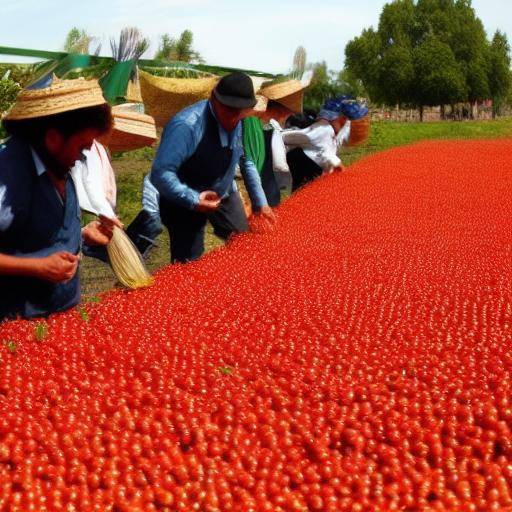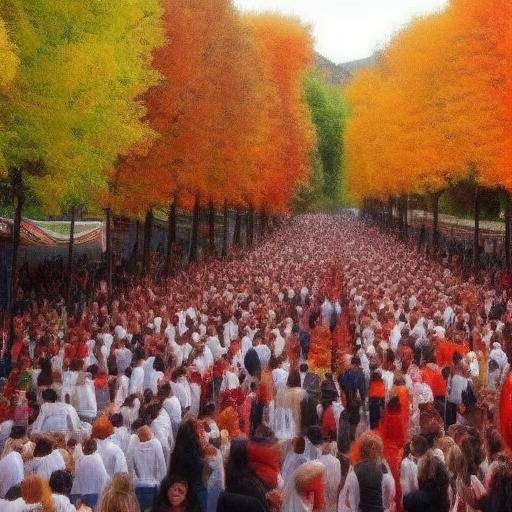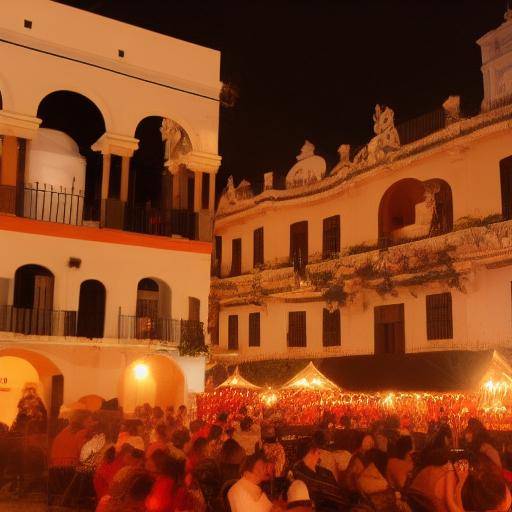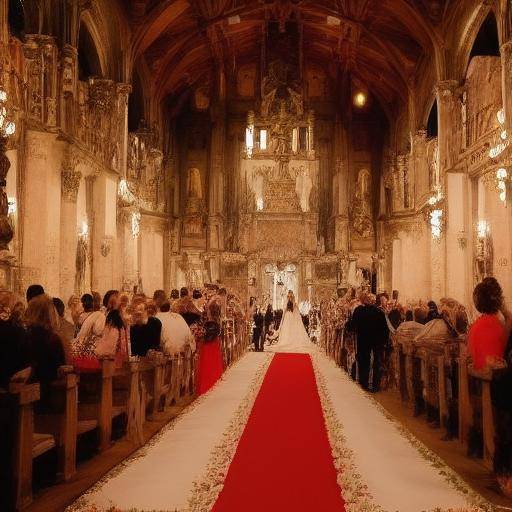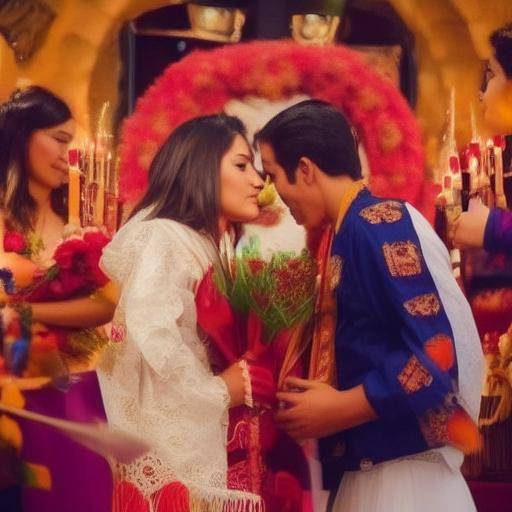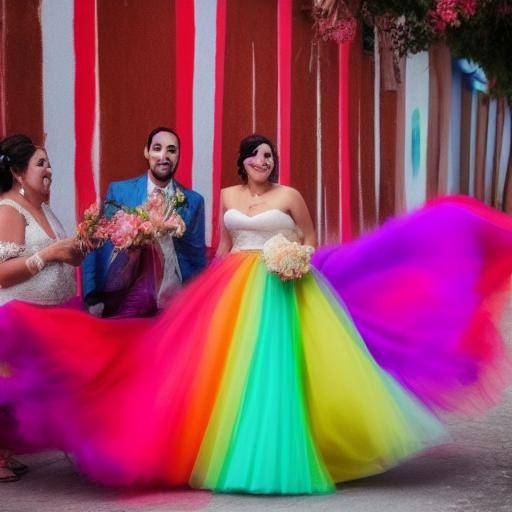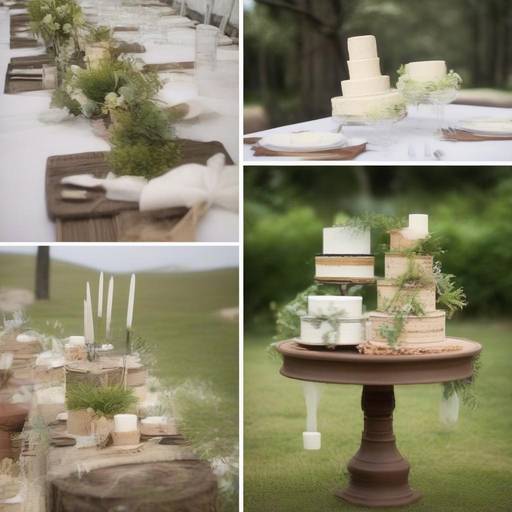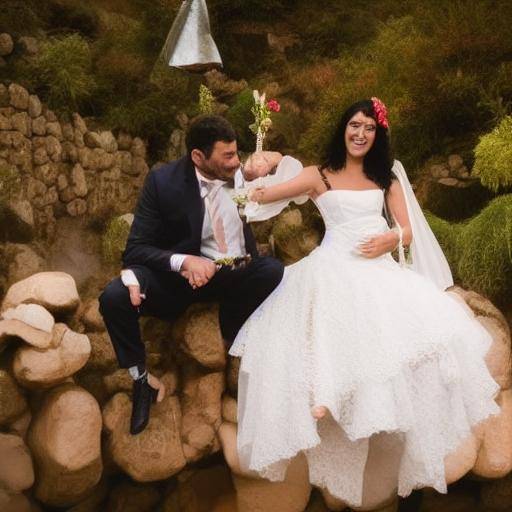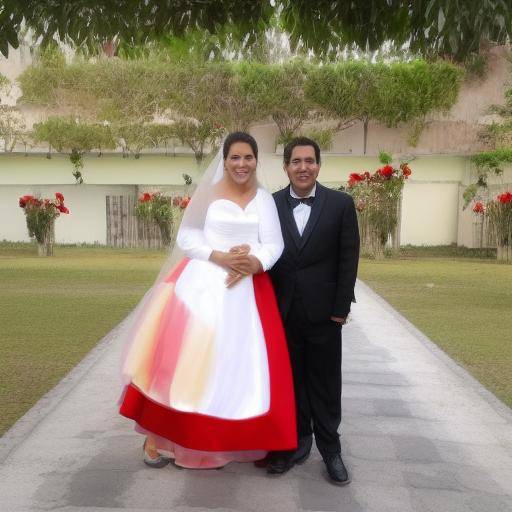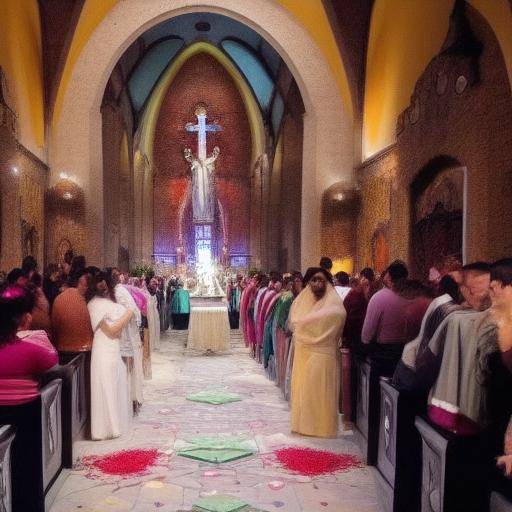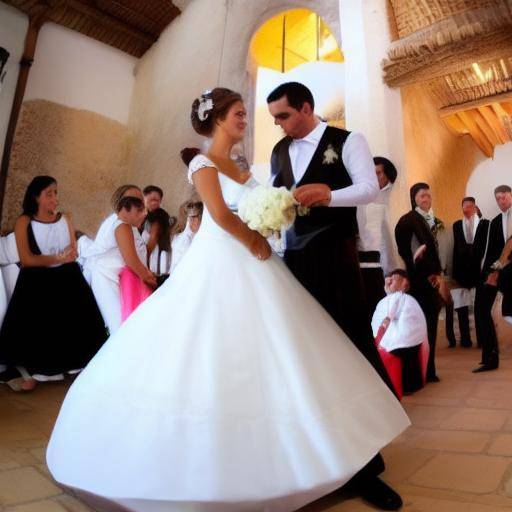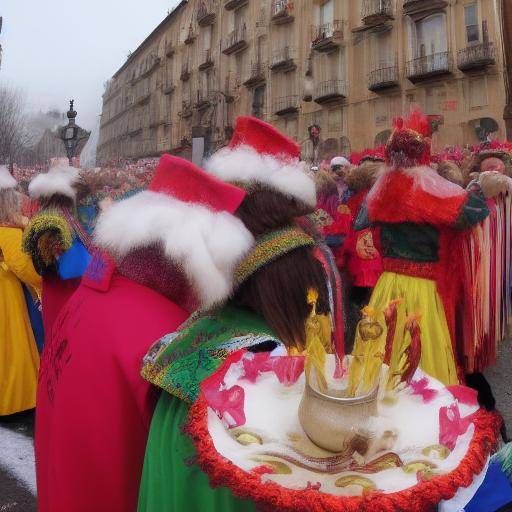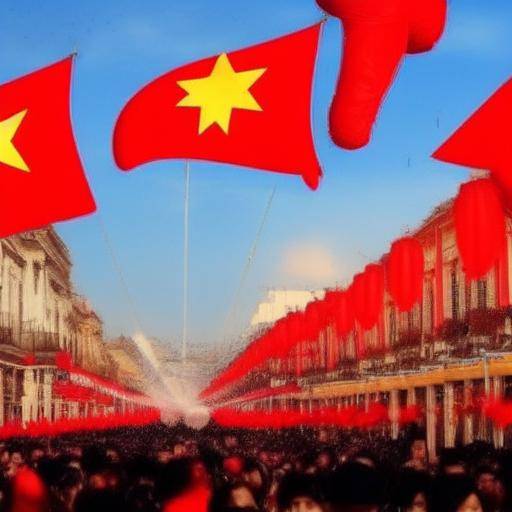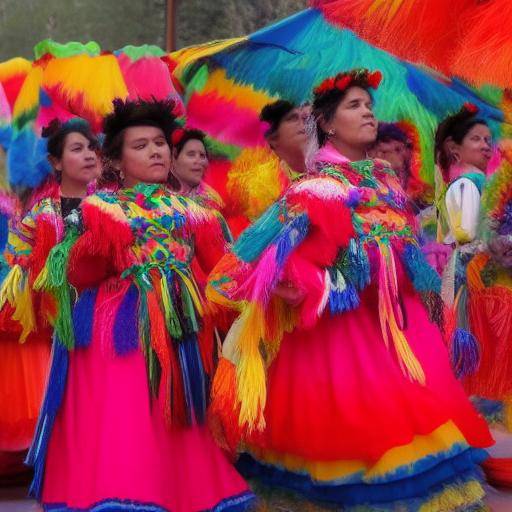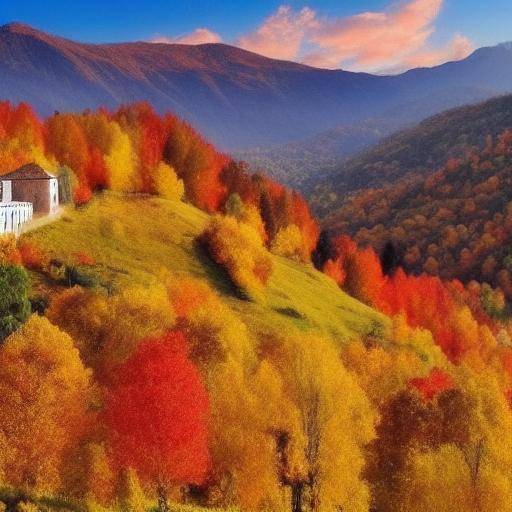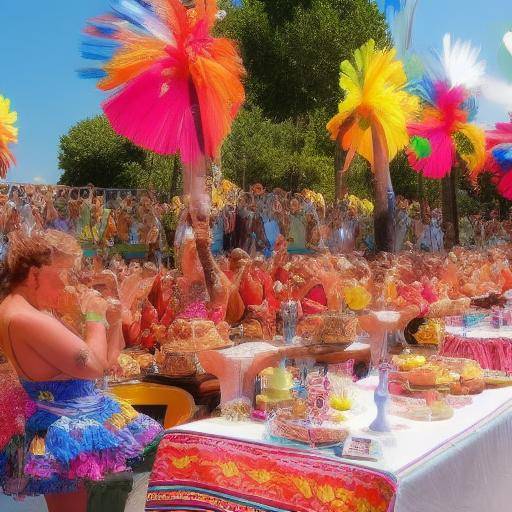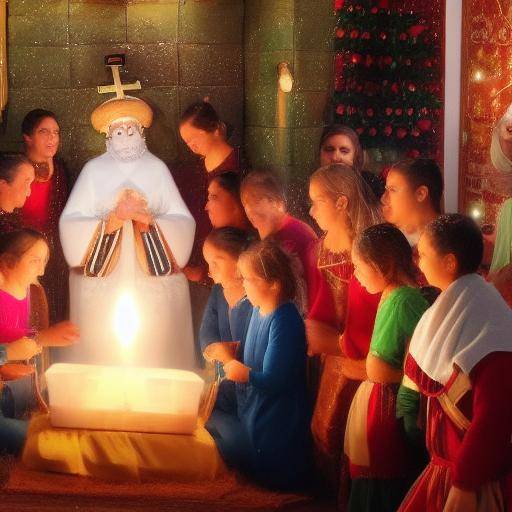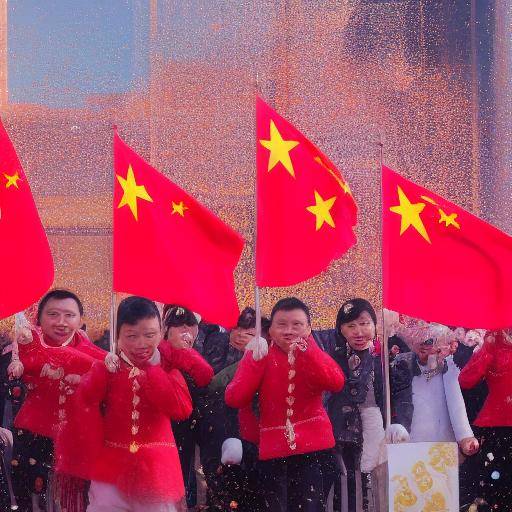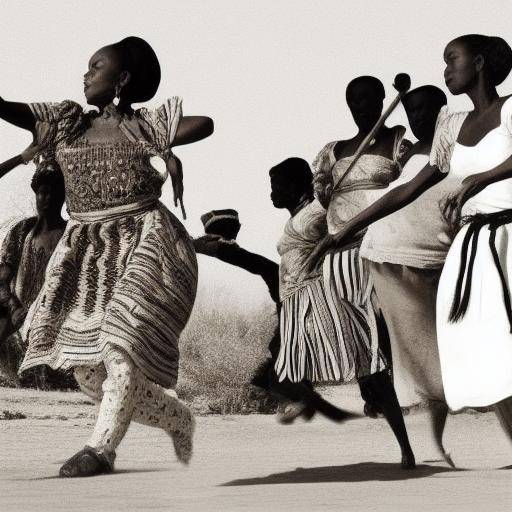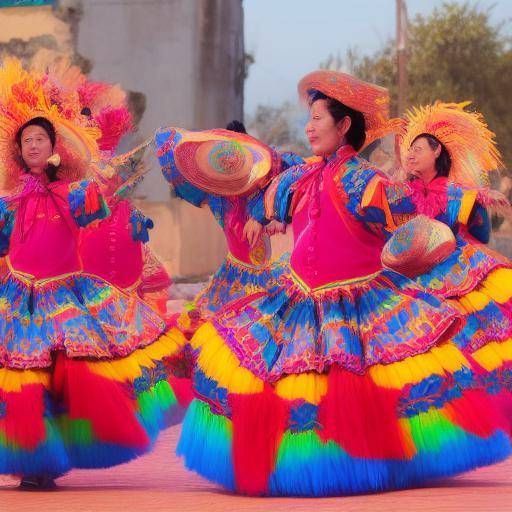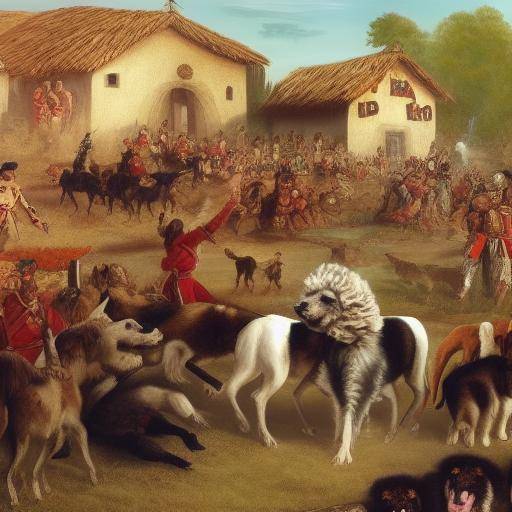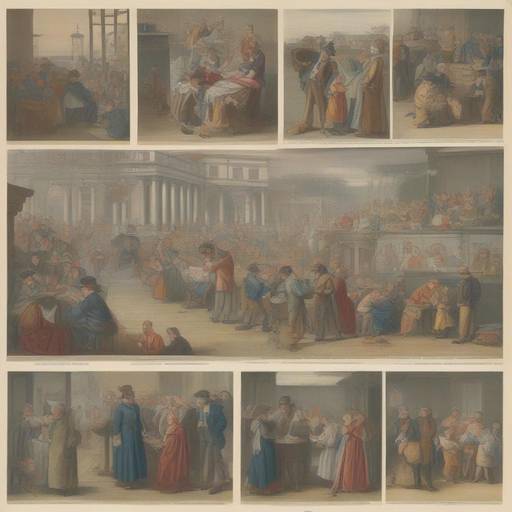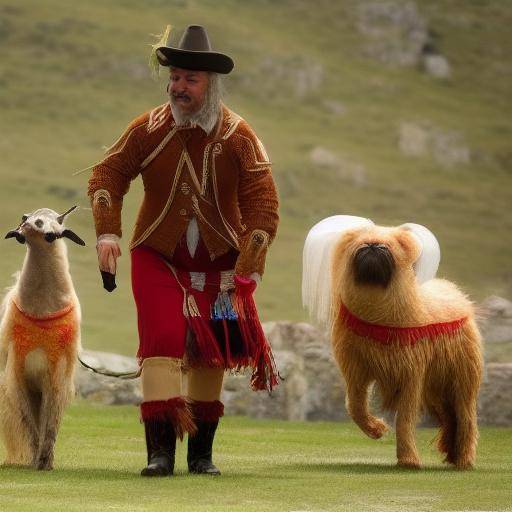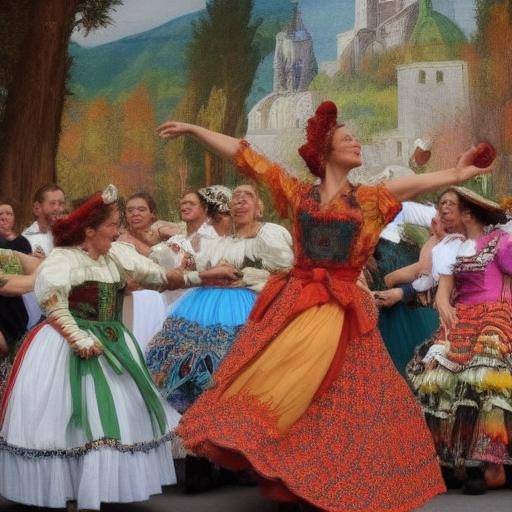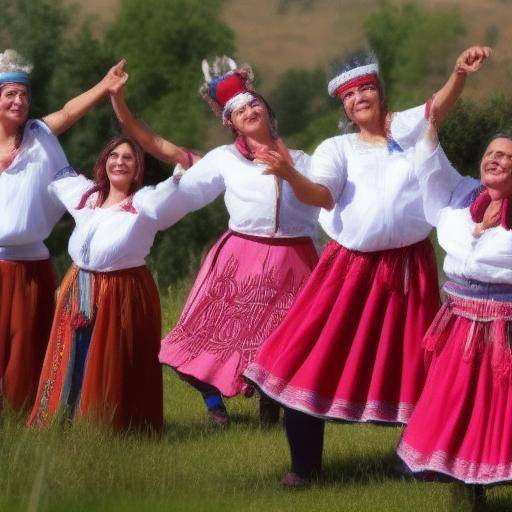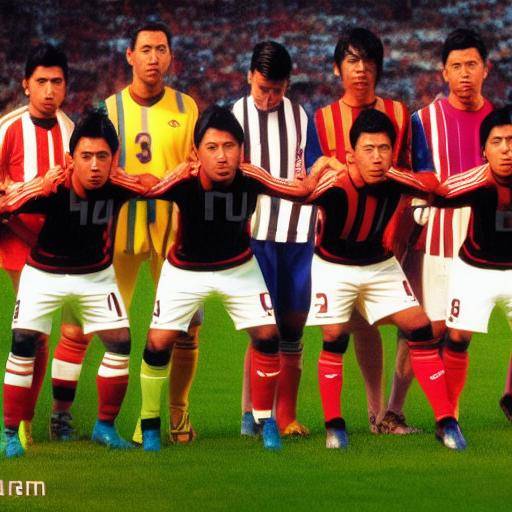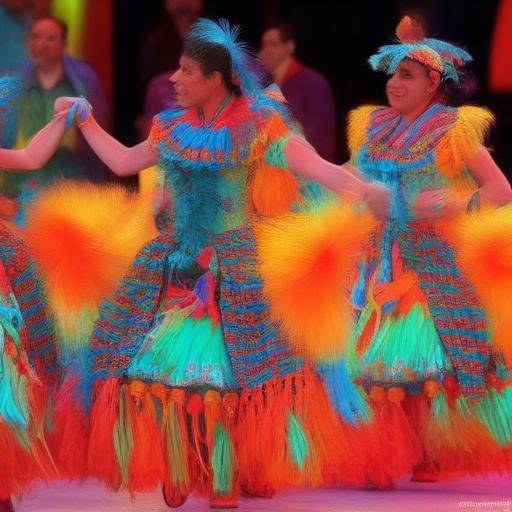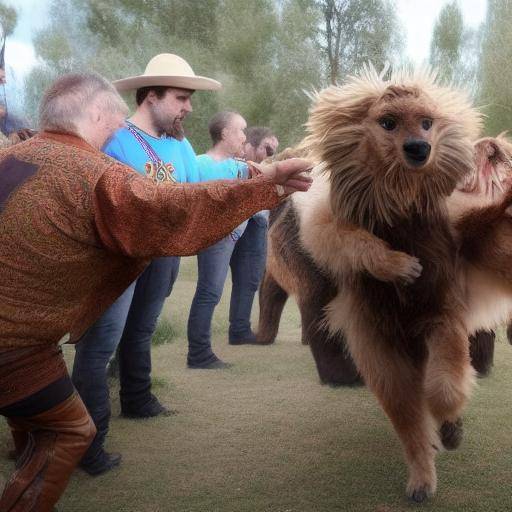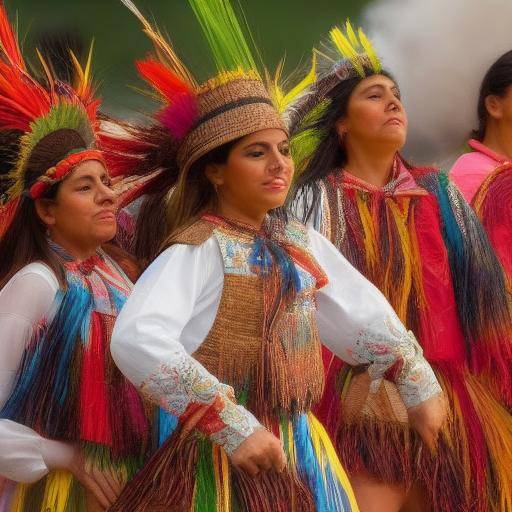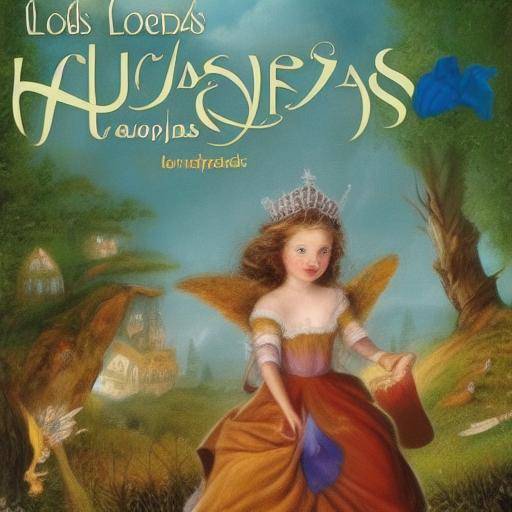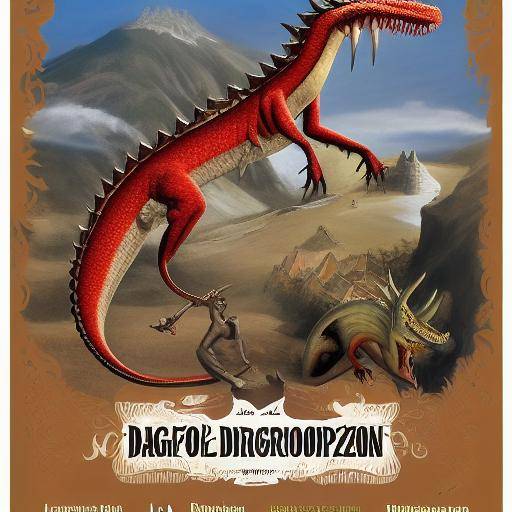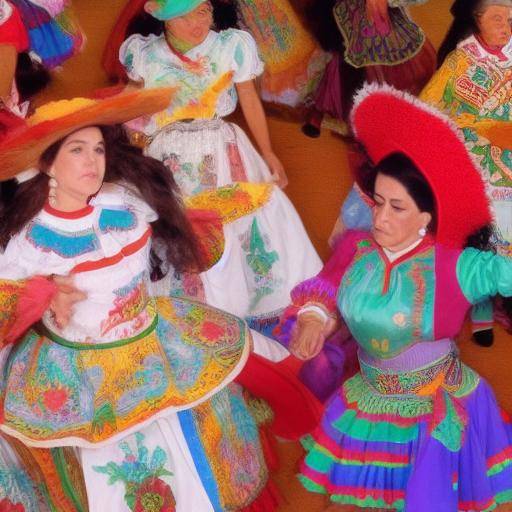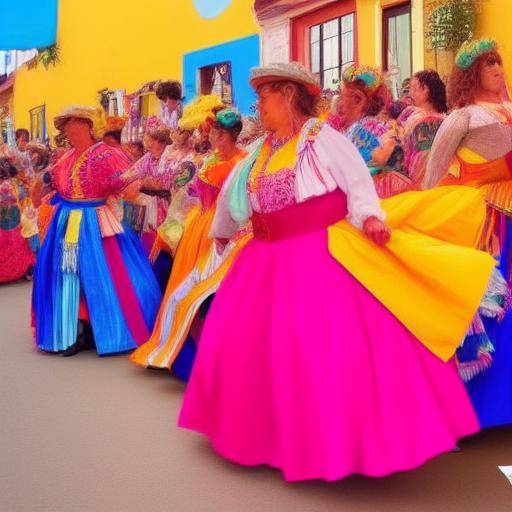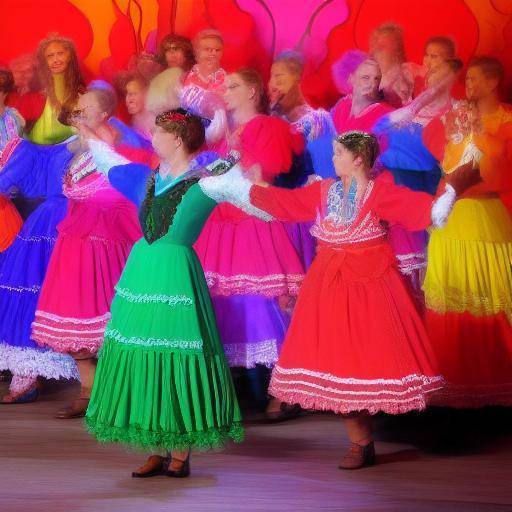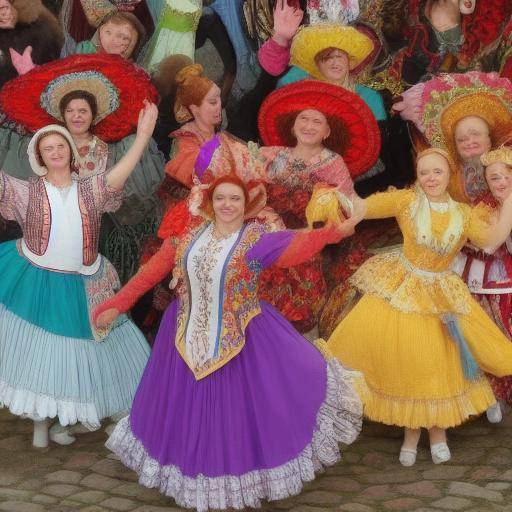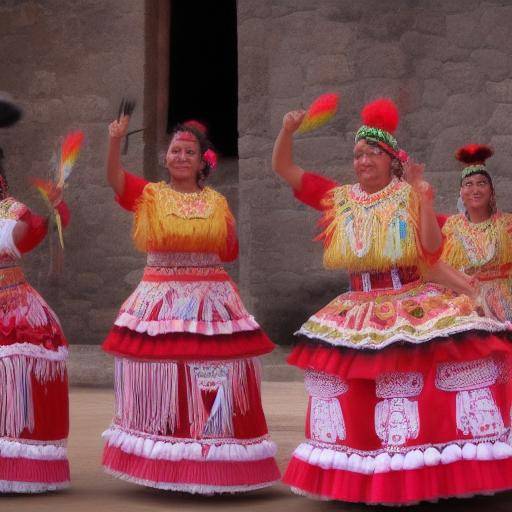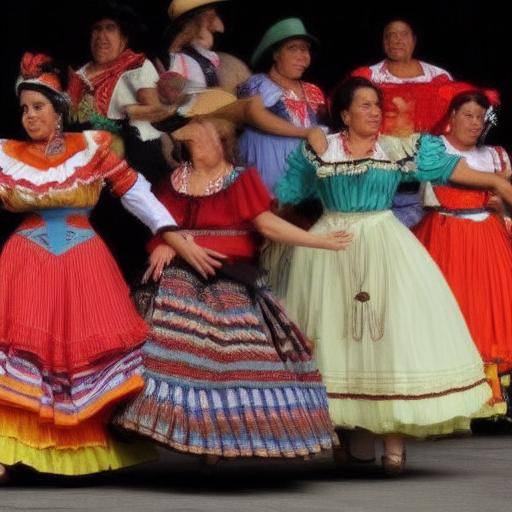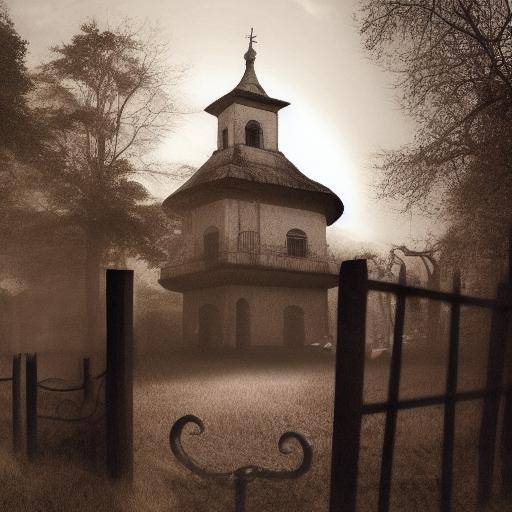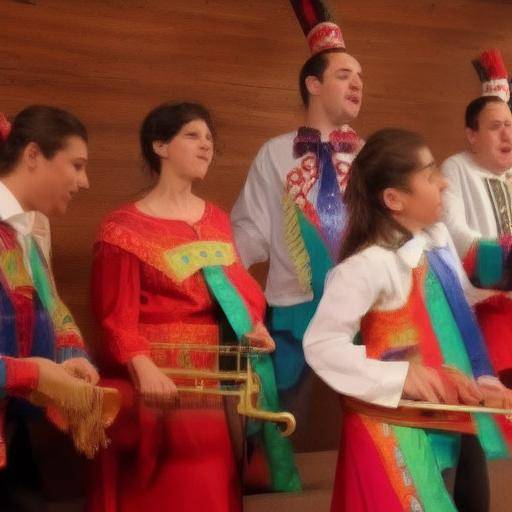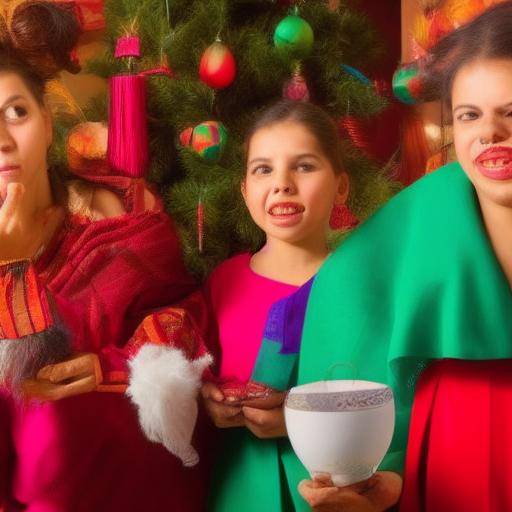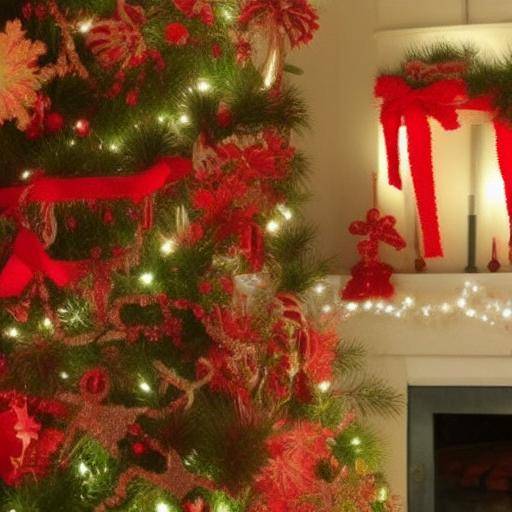
The colors have played a fundamental role in folklore and the traditions of Europe for centuries. The symbolism of colors in the context of European folklore is a fascinating theme that encompasses a wide range of meanings, beliefs and practices. In this article, we will explore in detail the importance of colors in European folklore, their symbolism, associated traditions and how they have endured through history and culture. From the mystery of Celtic green to the rich symbolism of blue in Greek mythology, we will venture on a journey through the chromatic nuances that have permeated the legends, festivities and rituals of Europe. Join us in this exciting journey through the symbolism of the colors in European folklore.
History and Origins
The symbolic use of the colors in European folklore has its roots in the ancient civilizations that populated the continent. From prehistoric cave paintings to the glorious medieval garments, the colors have played a vital role in the daily life and spiritual beliefs of the European communities throughout the centuries. In classical Greece, for example, the blue color was closely linked to divinity, symbolizing the sky and the connection with the gods. Among the Celts, the green was a color revered by its associations with nature and fertility.
The Meaning of Colors in Folklore
The colors in European folklore are impregnated with deep and varied meanings. Red, for example, has been associated with passion and danger, while yellow has symbolized light, joy and betrayal in different cultural contexts. The festivals and popular celebrations have been scenarios in which colors play a crucial role, from the colorful Venetian masks to traditional costumes adorned with symbolic motifs. In European folklore, each nuance has a unique narrative, intertwining the history, mythology and customs of the region.
Influence in Modern Traditions
Although the modern world has experienced significant changes, the symbolism of colors in European folklore remains a living part of contemporary culture. Religious celebrations, seasonal festivities and folk arts continue to incorporate colors into rituals and symbolic representations. In addition, fashion, design and contemporary artistic expressions often seek inspiration from the rich nuances and meanings associated with European folklore, thus perpetuating the presence of symbolic colors in everyday life.
Meaning in Different Regions
The symbolism of colors in European folklore varies from region to regionreflecting the unique cultural differences and historical influences of each territory. While green can represent hope and prosperity in some traditions, others may be linked to envy or witchcraft. This diversity of meanings adds layers of complexity and wealth to the study of color symbolism in European folklore, offering a treasure of knowledge and perspectives to explore.
Final Reflections
The symbolism of the colors in European folklore is an exciting field of study that invites us to enter into the depths of the history, culture and traditions of this continent. Through the analysis of the meanings, practices and persistent legacy of the colors in folklore, we can better understand the rich tapestry of the European heritage. The symbolism of colors is not only an aesthetic manifestation, but also a reflection of the very essence of European societies over time. This fascinating theme continues to offer a world of discoveries and experience for those who seek to understand more deeply the cultural roots of Europe. Dive into the symbolism of colors in European folklore, and you will discover a universe of meanings, beliefs and beauty that transcends the barriers of time and space.
Frequently asked questions
What does red color mean in European folklore?
The red color has had multiple meanings in European folklore. Traditionally, it has been associated with passion, danger and vitality. In festivities and rituals, red has symbolized vital energy and protection against evil forces.
What is the symbolism of white color in European traditions?
The white colour, in many European traditions, represents purity, innocence and light. It is commonly associated with religious celebrations and purification rituals, as well as with spiritual honesty and clarity.
Why is green color important in Celtic folklore?
In Celtic folklore, the green color is closely related to nature, fertility and renewal. It is considered a symbol of life, growth and deep connection with the natural world in the Celtic cosmovision.
What is the importance of blue in Greek mythology?
In Greek mythology, the blue color was associated with divinity and sky. It represented the connection with the gods and was considered a color of great spiritual and cosmic influence.
How is the symbolism of colors reflected in European popular celebrations?
In European popular celebrations, the symbolism of colours is manifested through traditional clothing, festive decorations and theatrical performances. Every nuance has a symbolic meaning that enhances the cultural wealth of the festivities.
What is the relevance of colors in European folk art and crafts?
Colors play a fundamental role in European folk art and crafts, providing visual narratives that convey community stories, traditions and beliefs. Each color and pattern contains deep meanings rooted in cultural heritage.
These frequent questions address some fundamental aspects of color symbolism in European folklore, offering an enriching and culturally diverse view of this fascinating theme.
Concluding, the symbolism of the colors in European folklore is a window to the rich history, the deep-rooted beliefs and the cultural diversity of the continent. Its influence endures in contemporary celebrations, artistic manifestations and everyday life, keeping the ancestral heritage alive. From the myriad of tonalities that decorate the traditional costumes to the mysterious meanings that lie between the festivities, the colors in the European folklore resonate as a profound echo of cultural identity. Explore and celebrate the chromatic richness of European folklore and discover a world full of symbolism, traditions and beauty.


